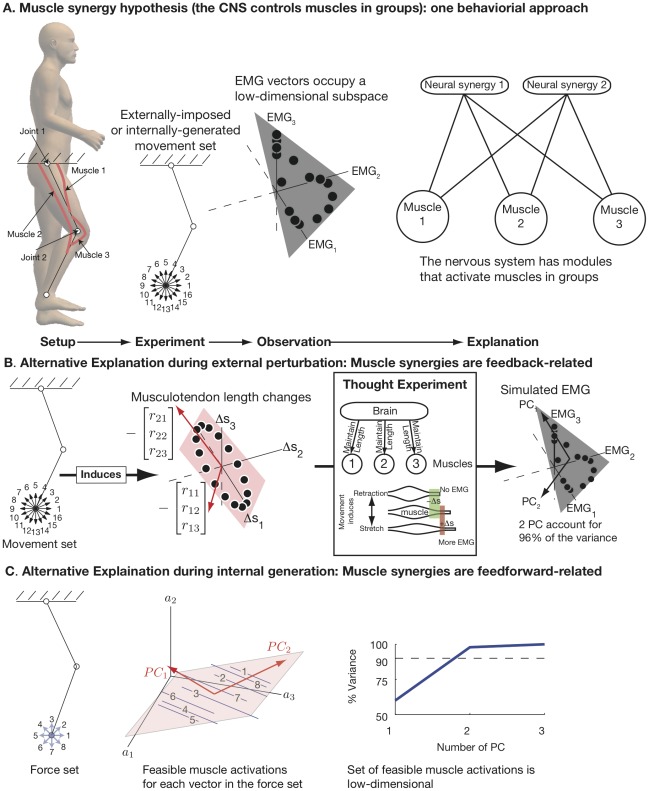Figure 1. The nervous system does not need to control muscles in groups (muscle synergy hypothesis) to observe low-dimensional EMG.
A. The behavioral approach to muscle synergies. Setup: A limb with more muscles than mechanical degrees-of-freedom (DOF). Experiment: the limb moves voluntarily (or is moved externally) in a large number of directions to span its workspace. Observation: The set of points in EMG space corresponding to each movement is in a low-dimensional subspace. Explanation: The nervous system has modules that activate muscles in groups to simply the control of movement. B. Alternative explanation 1: muscle synergies are movement related. The movement set induces a set of points in the space of musculotendon length change that is low dimensional (spanned by vectors composed of the muscle moment arms grouped by DOF). We perform a thought experiment by assuming that muscles are not controlled in groups by descending drive, but each muscle independently resists lengthening during small external perturbations of the endpoint. Only muscles lengthened by the perturbation will generate EMG; muscles shortened by the perturbation will not produce EMG. Using this thought experiment, we can generate simulated EMG, and we find that it is also low-dimensional. C. Alternative explanation 2: muscle synergies are feedforward-related. In this case, we imagine a limb producing forces in all directions at its endpoint. For each direction, the set of feasible muscle activations (assuming that each muscle can be activated between 0 and 1) can be calculated. These represent all the redundant activation vectors that will generate the same endpoint force. The set of all such feasible muscle activations across all directions is low-dimensional, as detected by PCA.

